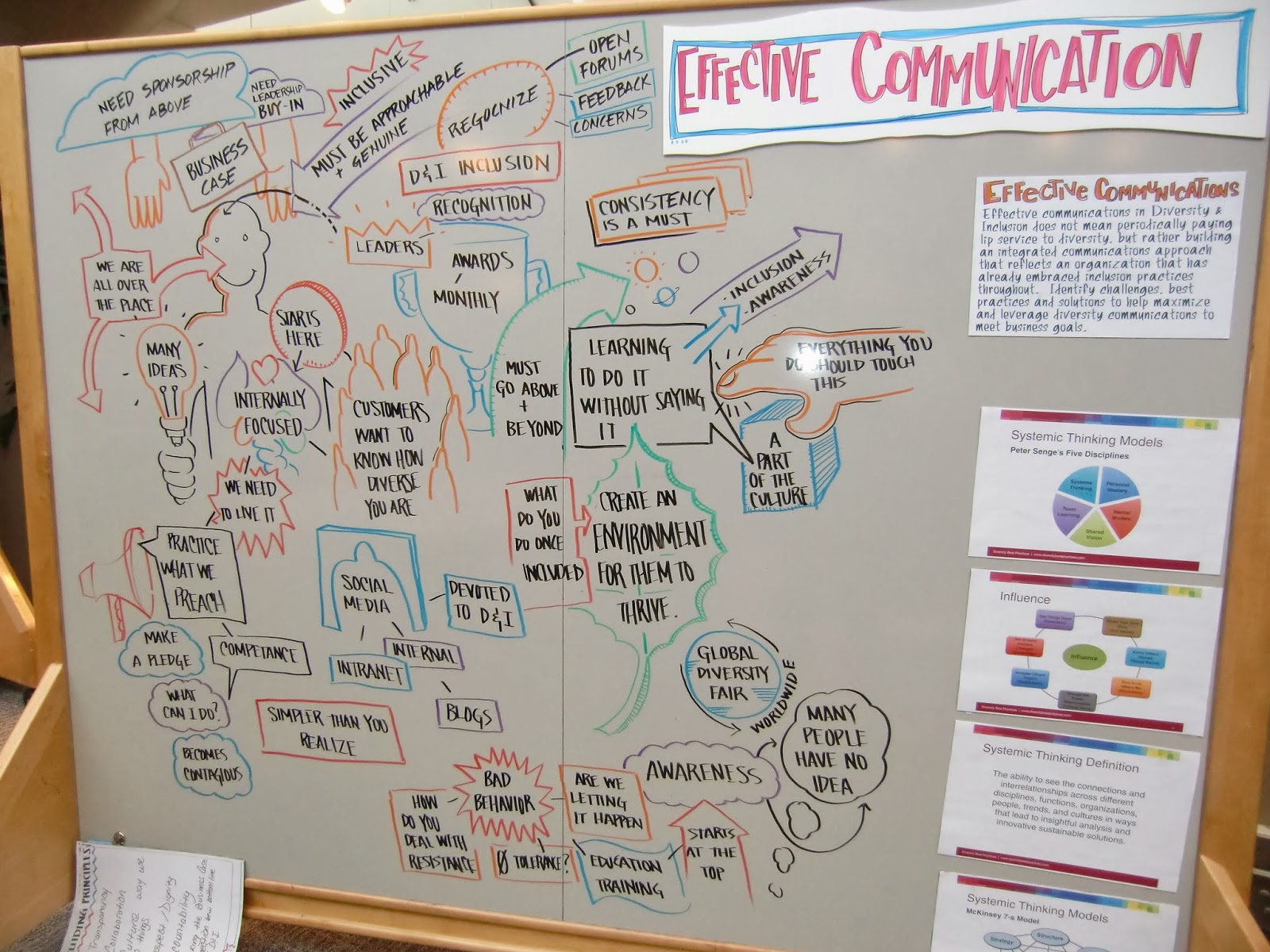Media relations you can afford
My budget won't permit me to join the PRSA conference in New York City in April. You could learn a few good techniques there. But I may be able to save you a few dollars, the joy of air travel, and the challenge of reading notes on a whiteboard with these media
relations practices that seem to work for me:
relations practices that seem to work for me:
- Get to know the reporters and editors you want to reach. Many still cover beats, such as education, crime, health care, personal finance, and more. You wouldn't pitch a health care story to a sports reporter, so do a Google search on a reporter's byline. If she covers biotech topics and your client has some expertise, there's a potential match.
- Twitter's real value in public relations? You can listen to anybody. Many journalists tweet about the stories they cover, and when they're in need of an interview subject. Don't 'stalk' a reporter, but do listen.
- Tie in with a trend. Media gatekeepers think in terms of rating periods and packages. So should you. Give thought to how your client's story can tie in to upcoming events that drive news directors to "package" stories. Example: March is Women's History Month, so your female entrepreneur's success story may fit with an edtor's plans for that time frame.
- Respect the journalist's time. Pitches -- whether in an email or by phone -- should be brief. Much as you'd counsel your client to prepare sound bite-friendly talking points, keep yours brief, bulletized, and to the point.
- Ladder your successes. Maybe there's a great national story waiting to be told, but convincing media gatekeepers in New York, DC, or Chicago often calls for laddering your story up from coverage in regional news outlets. Take your local and regional media wins, and share them in your pitches to national media. Learn in advance whether links to online content or PDFs are preferred by the editors and producers in larger markets.
